Your complete survival guide to the Catalan capital.

Catalonia is not Spain. Of course, technically it is, for now, but Catalans view their region, their culture and their heritage as entirely unique (and, for many, superior) to that of the rest of Spain. Hundreds of years of bad blood and separatist ambitions have come to a head in the past few years as Catalan leaders and many citizens seek independence from Spain. A non-binding vote on independence in October 2017 turned explosive when the Spanish central government used force to try to stop what they deemed an illegal vote. The Catalan government leaders shortly after declared independence, and chaos ensued, with neither side budging an inch in a dispute with deep political, economic, and social ramifications for the region and the country as a whole.

The state of the independence situation is changing daily, and is unlikely to be resolved any time soon. You’ll drive yourself nuts trying to wrap your head around it. But here’s what you need to know: While the animosity between Catalonia and the rest of Spain is real, it’s not going to affect your visit. Protests are frequent and fervent, but they have been remarkably peaceful thus far. Daily life marches inexorably forward. No matter how this plays out, Barcelona will always be a cosmopolitan city, one where both Spanish and Catalan are spoken everywhere and where the many faces of Spanish culture are represented in the food and the fabric of the city.

“Barça” is not Barcelona. Barça is the nickname of FC Barcelona, one of the greatest soccer squads on the planet; it is also, invariably, what every North American refers to Barcelona as (to the confusion and gentle amusement of the local populace). Barna doesn’t slip past the lips quite as cleanly as Barça, but it is the correct nickname for the city.

This is not the Spain of your imagination. You won’t find tiny, heartbreaking flamenco bars, women in long colorful dresses dancing sevillanas, or blood-splattered bullrings surrounded by crowds of wine-swilling aficionados. If that is the experience you seek, beeline it for Andalusia, to places like Seville and Granada, where the Technicolor Spain of your dreams is alive and kicking (and where, unlike Barcelona, bull fighting is still legal). There are those in Barcelona who will gladly sell you a slice of that Spain: a sangria-soaked night of flamenco and paella can be found down countless tributaries that flow off the Rambla. But that would be like going to New York to watch a blues show and eat jambalaya.
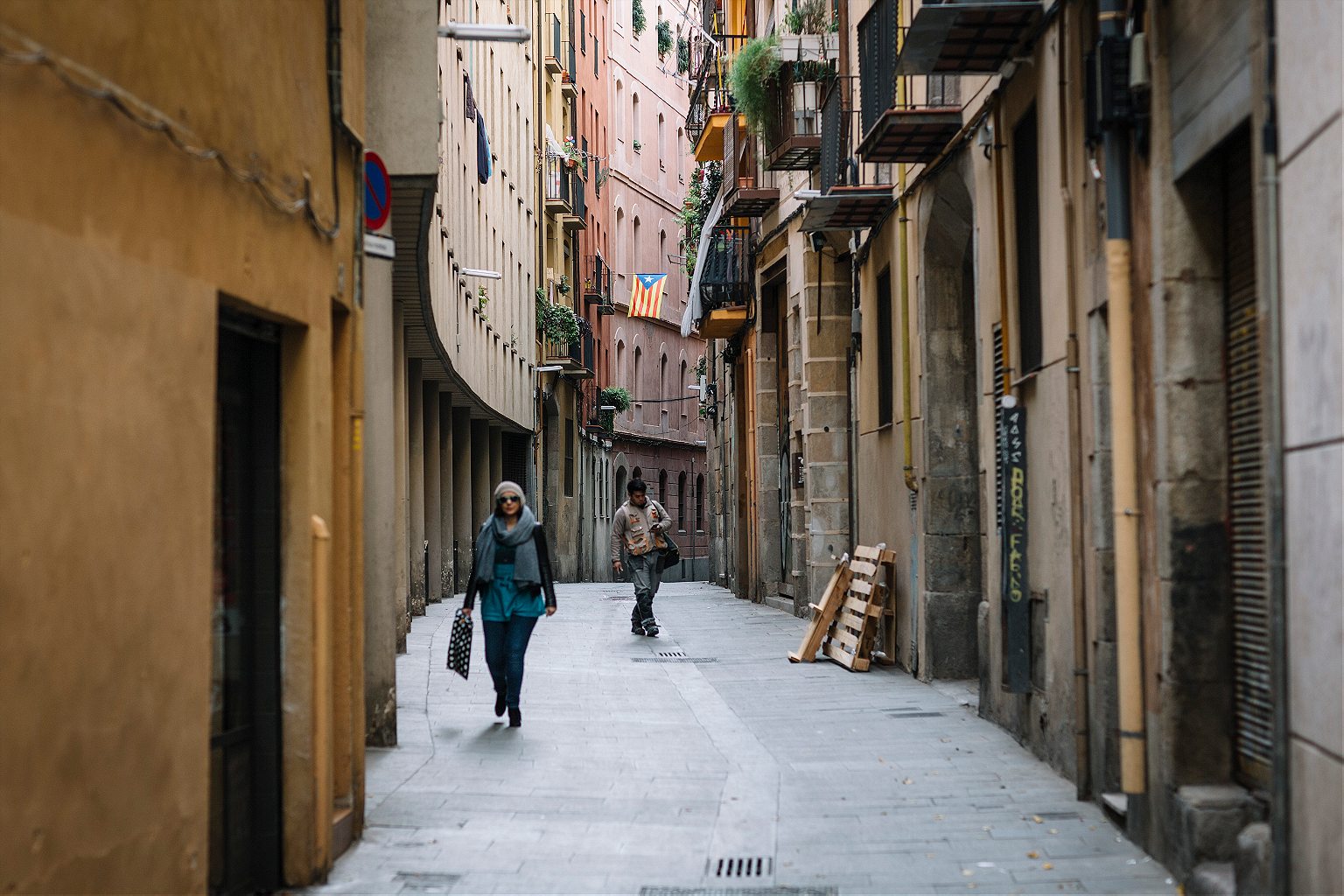
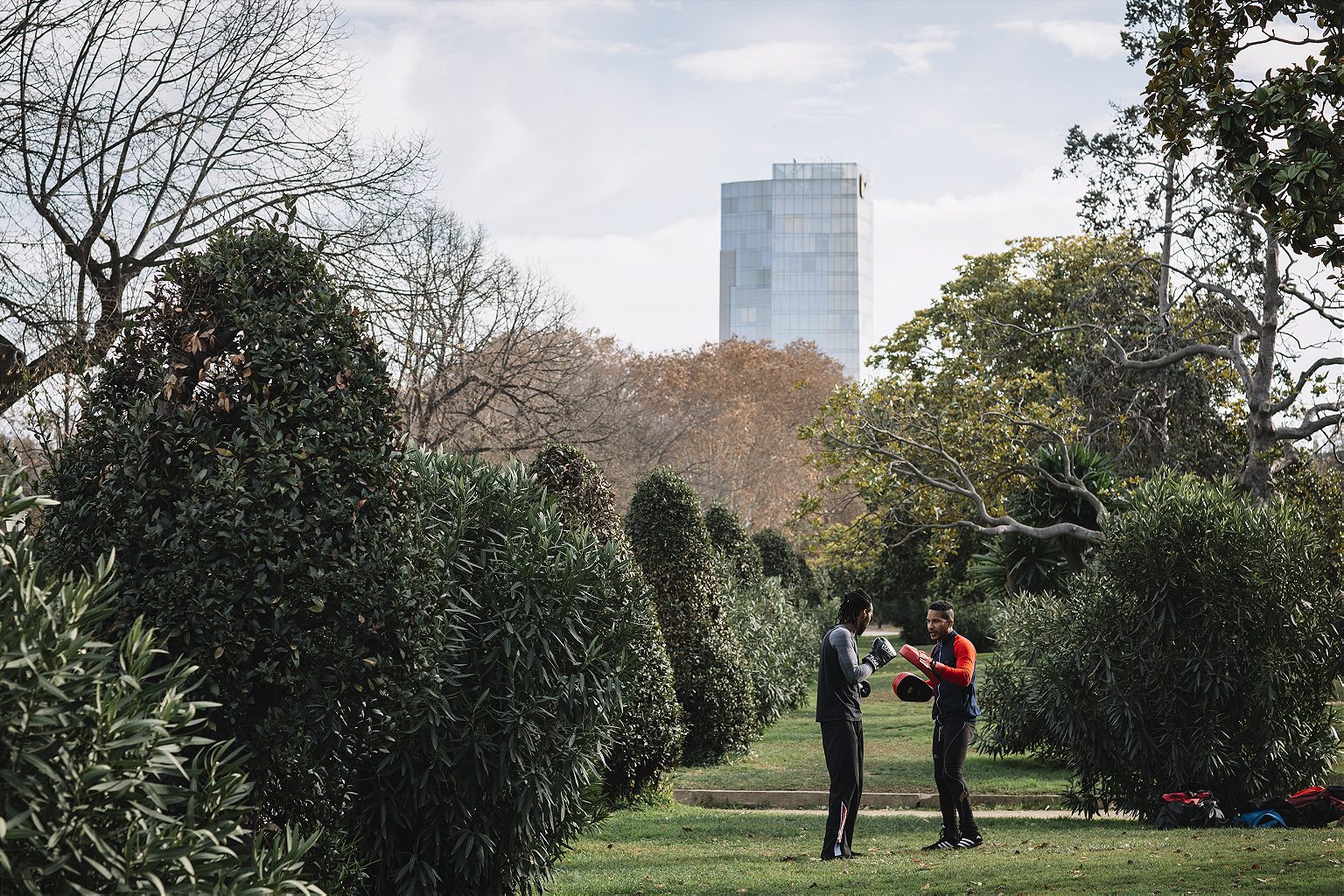

Barcelona is the can and you are the sardine. Seriously, this place is packed. There is no real down season here on the Mediterranean; it’s January as I type this and from my balcony I can see the streets below swollen with international faces. Ninety percent of time and money is spent in the Ciutat Vella, the old city comprised of the Born, the Gothic Quarter and the Raval. No doubt these are among Barcelona’s most beautiful neighborhoods, but if you want to see the “real” city, explore neighborhoods like Gracia, Poble Sec and Poblenou.
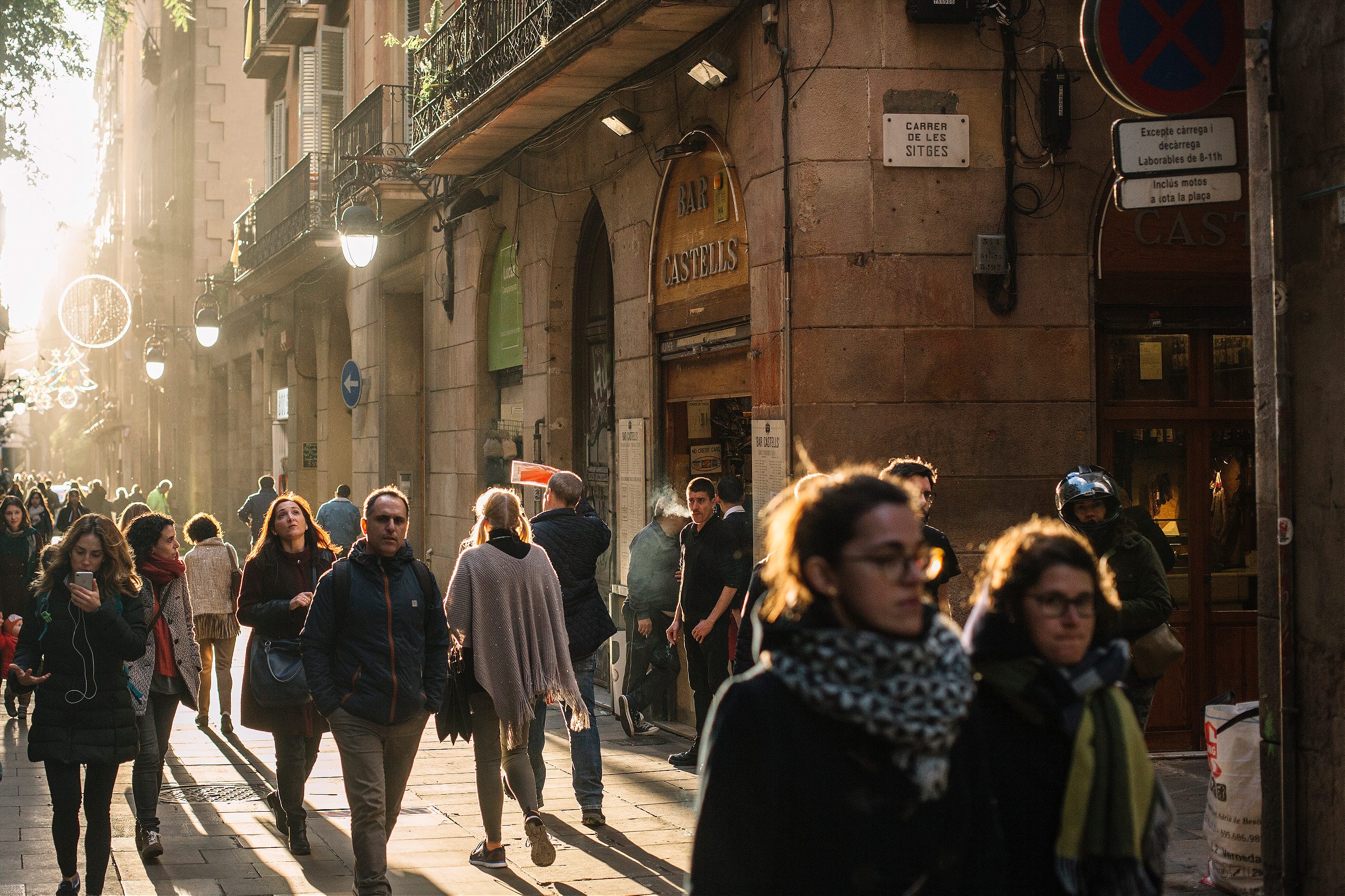

That being said, you should still be strategic about when you visit. The best time to come? Anytime between now and Semana Santa, the Holy Week that kicks off the high season for tourism in Spain. Bonus for coming in the early spring: calçotadas, massive parties centered around grilled baby leeks and stout red wine, are in full bloom. If not, come in late September or October, when the Mediterranean is still warm enough to swim in and the summer throngs have ebbed. The worst time to be here? August. All the locals empty the city and are replaced by hundreds of thousands of sweaty Italians, French, Germans, Brits and Americans wondering where all the Catalans went.

Choose your meals wisely. Sure, there’s a certain buzz you get from eating small plates in one of Europe’s coolest cities, but despite Barcelona’s outsize culinary reputation, the city is saturated with really sad tapas bars—lazy restaurants peddling plates of frozen croquettas and overpriced seafood past its prime. If you’re not careful, you’ll begin to feel like the entire city is sharing the same menu. You’ll need a combination of acute observational skills and basic research to get it right, but here are a few favorites to get you started: Suculent (for soulful Catalan cuisine), La Cova Fumada (for bombas, beer, and good times), El Quim de la Boqueria (for a breakfast of fried eggs and baby squid, washed down with cava), Somodó (for the best €24 dinner in Spain), and anything from Albert Adria (the reigning restaurant king of Barcelona, who understands food like few others).

Learn a few words of Catalan. You’re not going to fool anyone into believing you’re a local, but it communicates a clear and very important message for the proud local population: I know this is Catalonia. I appreciate your desire for independence. The reasons may be opaque and the outcome unlikely, but while I roam your lands, I will respect it nonetheless. A few easy phrases to get that message across as efficiently as possible: bon dia (good morning), si us plau (please), vagi be (be well), and visca Barça! (long live FC Barcelona!).
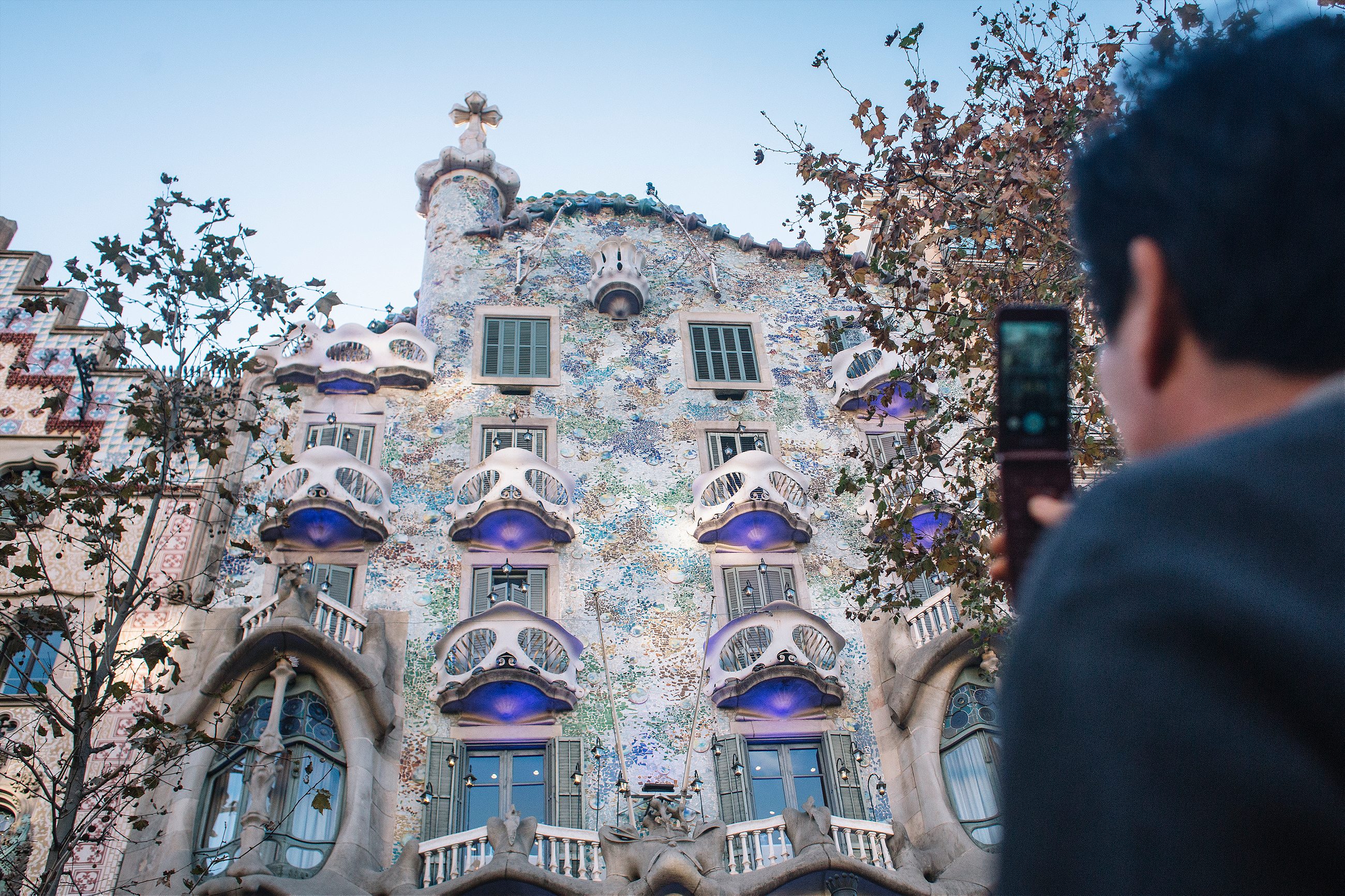

This is a gin and tonic town. Barcelona may be several years behind most other cosmopolitan cities when it comes to cocktail culture, but nobody puts more time and thought into the marriage of heady gin botanicals and bittersweet tonic. More than a few bars these days are dedicated exclusively to the craft: Pesca Salada in the Raval and Xixbar in Poble Sec are two favorites, dishing out cabernet glasses with glaciar-sized ice cubes and light garnishes of herbs and spices to bolster the gin. But even a local nondescript watering hole is likely to stock half a dozen or more gins and a few different tonics to quench the local thirst in style. (Take note: Ordering a gin tonic—or any other cocktail—before dinner is a strange move in these parts. Hard alcohol is almost exclusively an after-dinner indulgence, which is one of the keys to Spanish nocturnal endurance.)

Barcelona is lousy with petty theft. Wallets, iPhones, computer bags, jewelry and purses are lifted off of tourists with alarming ease and frequency. This type of crime rarely if ever turns violent, but it still requires reasonable vigilance by people who stand out as visitors. The scumbag perpetrators come in many shapes and sizes, but they tend to strike in the center part of town in the places you’d expect: public transportation, the Boqueria and other popular markets, the streets of the Raval or the Gothic Quarter late at night. Three tactics to be aware of: the Bump (classic pickpocket move where someone initiates physical contact while he or an accomplice relieves you of your wallet), the Paper (wherein someone approaches you at your table with a piece of paper or a map and uses it to distract you while they lift your cell phone) and the Question (a tactic involving a vague query for directions meant to confuse you while a conspirator grabs your purse/bag). Much of this goes down in the hazy hours of the early morning, when a tide of alcohol and revelry has lowered the defenses of unsuspecting tourists. The Barcelona police force has proven embarrassingly incapable of curbing what is easily the city’s biggest annoyance, so be prepared to fend for yourself.

The only presence more persistent on the streets of the old city than the ladrones is the beer hawkers. From sunrise to sunset, you’ll find street corners occupied by immigrants looking to peddle cheap beer to thirsty pedestrians. Technically, the whole transaction is illegal, and locals understandably complain about the impact of a bottomless supply of cheap, impossibly cold beer on their neighborhoods, but a discreet street beer wandering through the narrow passageways—all stone and shadow—of the Gothic Quarter is one of the great pleasures of the Barcelona night. (Should hunger stir during one of these strolls, head towards Carrer d’ Avinyó, where Pakistani and Indian immigrants roam the streets with their wives’ still-warm samosas cradled in their arms.)

Vale. There may be no more useful word in any language. It means a lot of things—including “worth” and “voucher”—but its true meaning in Spain is simply “ok”, and depending on tone, inflection, enthusiasm, it can be finessed into dozens of different situations. It’s not inconceivable to hold an entire conversation with a cabbie using only vale. Vamos al mercado? Vale. Te dejo aqui en la esquina? Vale. Quieres otra cerveza? Vale vale.

Visit the Museum of Skate. Picasso and Miró both have impressive collections here (which, by the way, are free after 3pm on Sundays), but there is no finer viewing than watching the four-wheeled misfits go to work on the city streets. Barcelona is one of the skateboard capitals of the world, a playground of smooth ledges, steep handrails, and bizarre cement structures that allow for all types of impossible body and board contortions. Best of all is MACBA, the modern art museum in the Raval district, which attracts the biggest names in skating year round. It’s best to go on Tuesday afternoon, when the museum closes and the eternal battle between the security guards and the skaters has its day of rest.
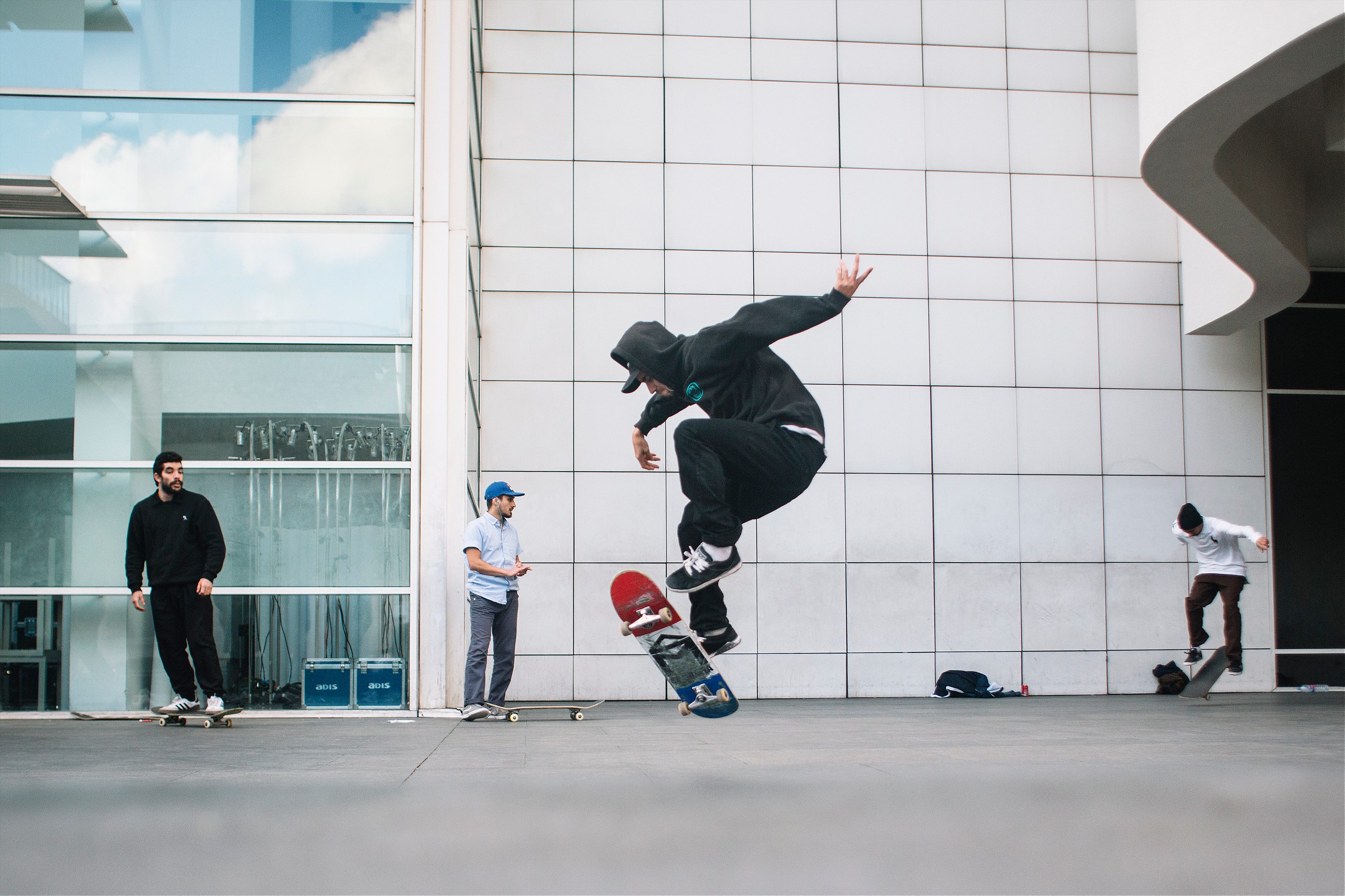

Paella is not a dish that has traveled well outside its home in the Valencia rice plains (we dedicated 3,000 words to the subject a few years back), so despite the abundance of restaurants proffering pea- and pepper-studded pans of yellow rice, it’s best to keep consumption to a minimum. A better option in Barcelona is fideuà, paella in size and stature, but made with toasted vermicelli instead of rice, and generally a more consistent winner in the restaurants of the city. (If you must eat paella, head to Barceloneta and try Can Majó, Can Sole or Kaiku. All three serve respectable seafood-strewn versions.)

Stay off the Rambla. Guidebooks will tell you the opposite, that this ambling pedestrian thoroughfare is the city’s greatest treasure. That may have been true 30 years ago, but these days, it’s a den of overpriced sangria, microwaved tapas and lowlife pickpockets. It’s certainly worth a stroll or two, if only to take in some of the exceedingly awesome street entertainers that line the Rambla, but if you find yourself moving up and down it like a hotel elevator, then you’re missing the rest—and best—of the city.

Go beyond Gaudí. Dude knows how to design a building, no doubt. And his influence on the aesthetics of everything in this city is justly ubiquitous, but there are tremendous works of modern architecture around Barcelona that go largely overlooked by those stuck in the four-block line for the Sagrada Familia. (Incidentally, if you want to go inside the Sagrada Familia, save yourself a few hours of queuing by purchasing tickets to his biggest attractions here.) For some of the best stuff, take a late-afternoon stroll along the Mediterranean. In Vila Olímpic, you’ll hit the all-glass Gas Natural building first, followed by the horseshoe-shaped Biomedical Research Park and the massive golden fish of Frank Gehry. Continue on to Poblenou to take in a host of modernist apartment buildings and eventually the shimmering triangle structure of the Forum. Circle back through Poblenou for a nighttime view of the Torre Agbar, the colorful monolith stretching 38 floors towards the stars.

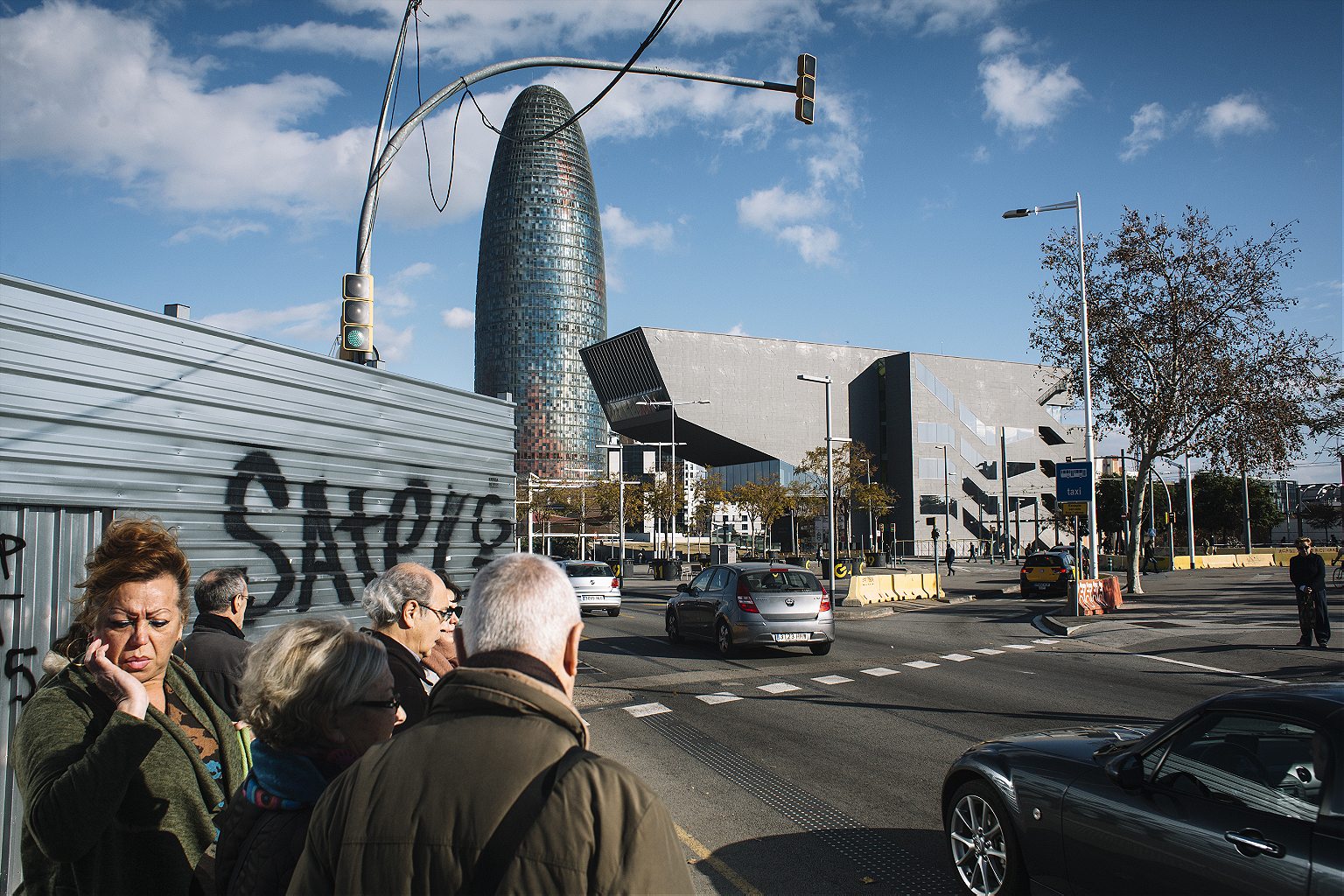

Pull up a stool. Going to a cathedral of football like FC Barça’s Camp Nou (and shouldering the steep prices the tickets command) is best left to the die-hards. If you want to experience Spanish fútbol culture at its finest, find yourself a stool at neighborhood bar on a Wednesday or Saturday night (when most Spanish league games are played). If the lighting is garish, the wine comes from a barrel, and the floor is littered with napkins, you’re in the right place. Saddle up, order una caña (a draft beer) and make the appropriate noises as the game unfolds. If Barça is playing Madrid and you want to make instant friends with the old Catalans at the bar, trot out this gem sometime in the first half: “Este Portugués, que hijo de puta es.” (This Portuguese [Barcelona mortal enemy Cristiano Ronaldo], what a son of a bitch!)

Adjust your schedule. Wonder why that restaurant is empty at 8 pm? Or why you the restaurant looks closed at 1 pm? Or why the bar is pretty lonely before midnight? Because the eating hours change once you cross the Atlantic. Lunch is the big meal of the day, the time when most Spaniards want to sit down to a three-course meal and knock back half a bottle of wine. Lunch typically goes down between 1:30 and 3:30 pm, and dinner from 9 to 11:30 pm. If your stomach can’t hold out, do what many Catalans do and work in two extra mini meals throughout the day: almuerzo, usually a bocadillo (sandwich), around 11 am, and merienda, a drink and a snack around 7:00pm.
Beware of the Boqueria. It is, without a doubt, one of the finest markets in Europe, with a staggering collection of foodstuffs: fruits stacked in rainbow pyramids, huge hunks of cured meats dying to be sliced, stalls with more exotic mushrooms than the parking lot of a Phish concert. But these days, it feels more like Disneyland than a functional market, and the prickly attitude of the vendors reflects the shifting demographics of the market. The good news is every major neighborhood in Barcelona is anchored by its own market, an indoor collection of produce stands, fishmongers, and cheese and charcuterie purveyors. Santa Caterina, centrally located under a gorgeous modernist roof, is a personal favorite, with plenty of space for wandering and a handful of good bars for a quick beer and tapa. Check out the Catalan government page for a full rundown of municipal markets.
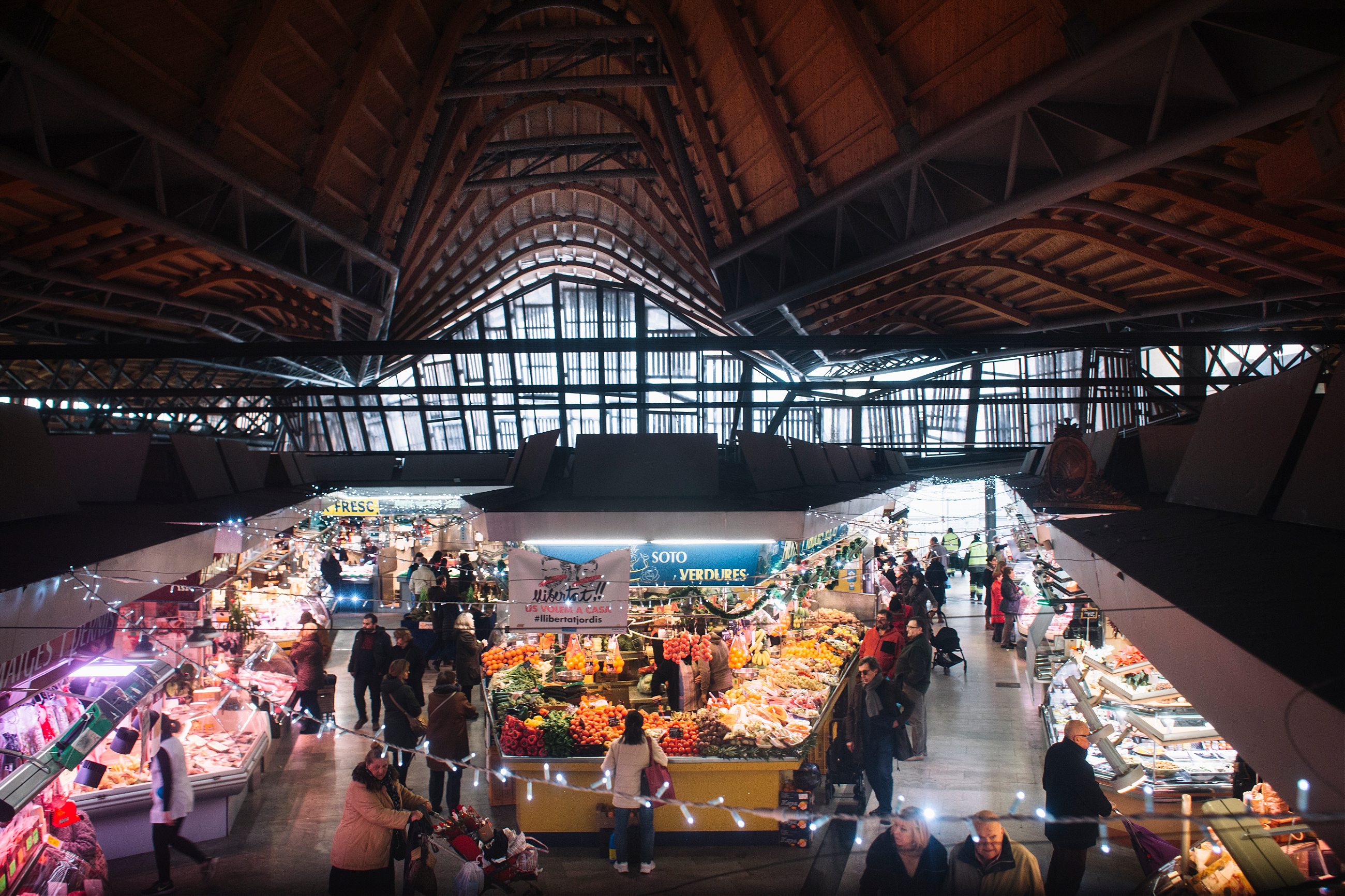
Put that tip away. Gratuity in Spain is almost unheard among locals. That’s not to say that you shouldn’t tip a server at a very nice restaurant (you should—5 or 10 percent will do) or tell a bartender or a cabbie to keep the change if they’ve served you well, but dropping a big bill at a table will more likely evoke confusion than delight. In recent years, servers at a certain class of restaurants have grown accustomed to foreigner tipping habits and might even be waiting with open palms for their 15 percent, but if your waiter is expecting a big tip, than you’re probably eating in the wrong restaurant.
Patatas bravas. After vale, these may be the two most important words to know in Barcelona.
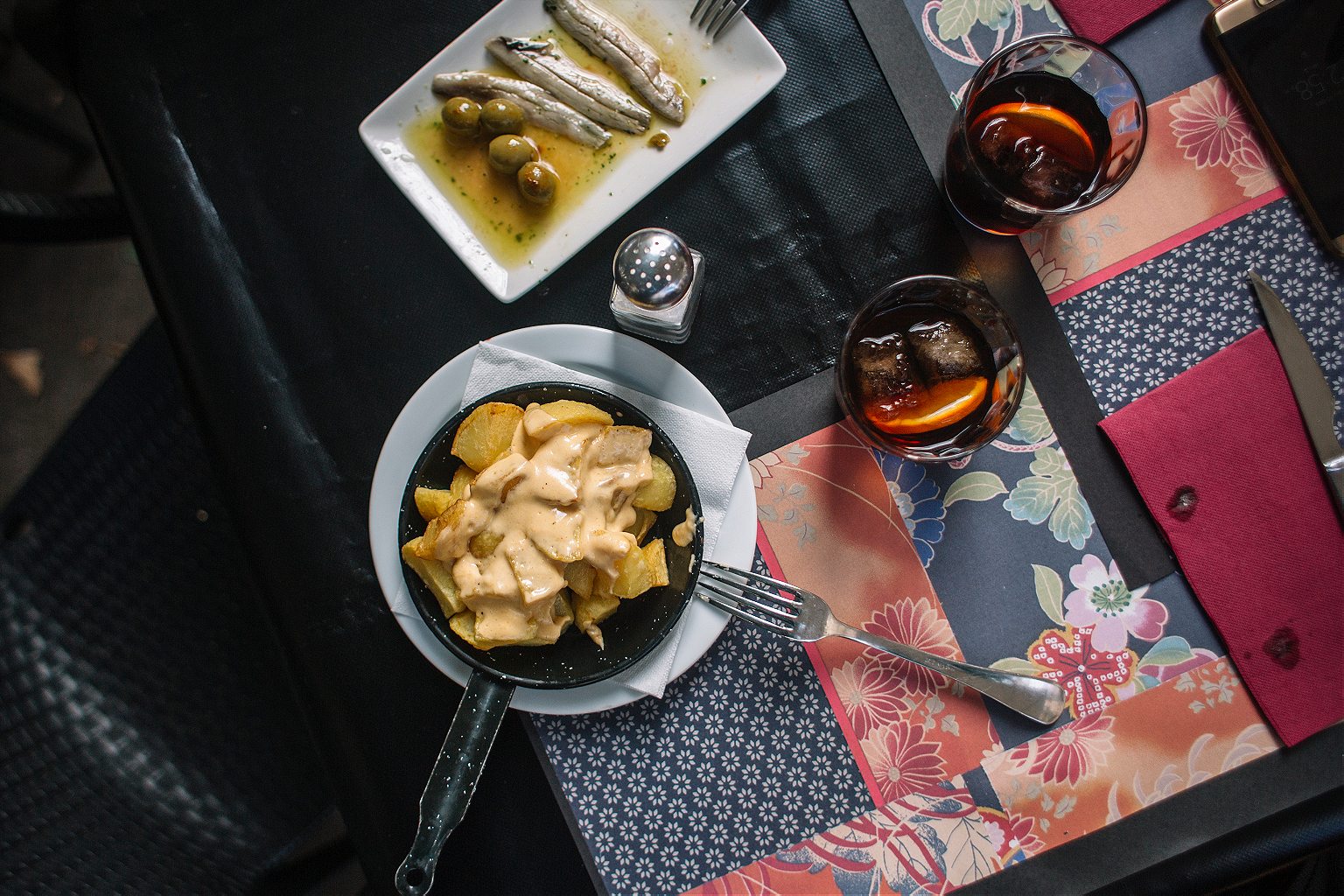

Sundays are dead. Spain may be one of the least-enthusiastic Catholic nations in the world, but this is one tradition that they still hold dear. The streets may be filled with locals taking in the afternoon on their day off, but 90 percent of restaurants, markets and bars will be closed, so stock up on snacks Saturday or be prepared to eat in a tourist-heavy spot. The one exception: vermut, the Catalan tradition of drinking sweet dark vermouth (or beer) and eating salty snacks on Sunday afternoons before lunch. People spill out on the street and the whole thing is a pretty sweet party. Try Morro Fi, in the Eixample, or any of the dozen or so places near Sant Antoni market for the best vermut scene in Barcelona.

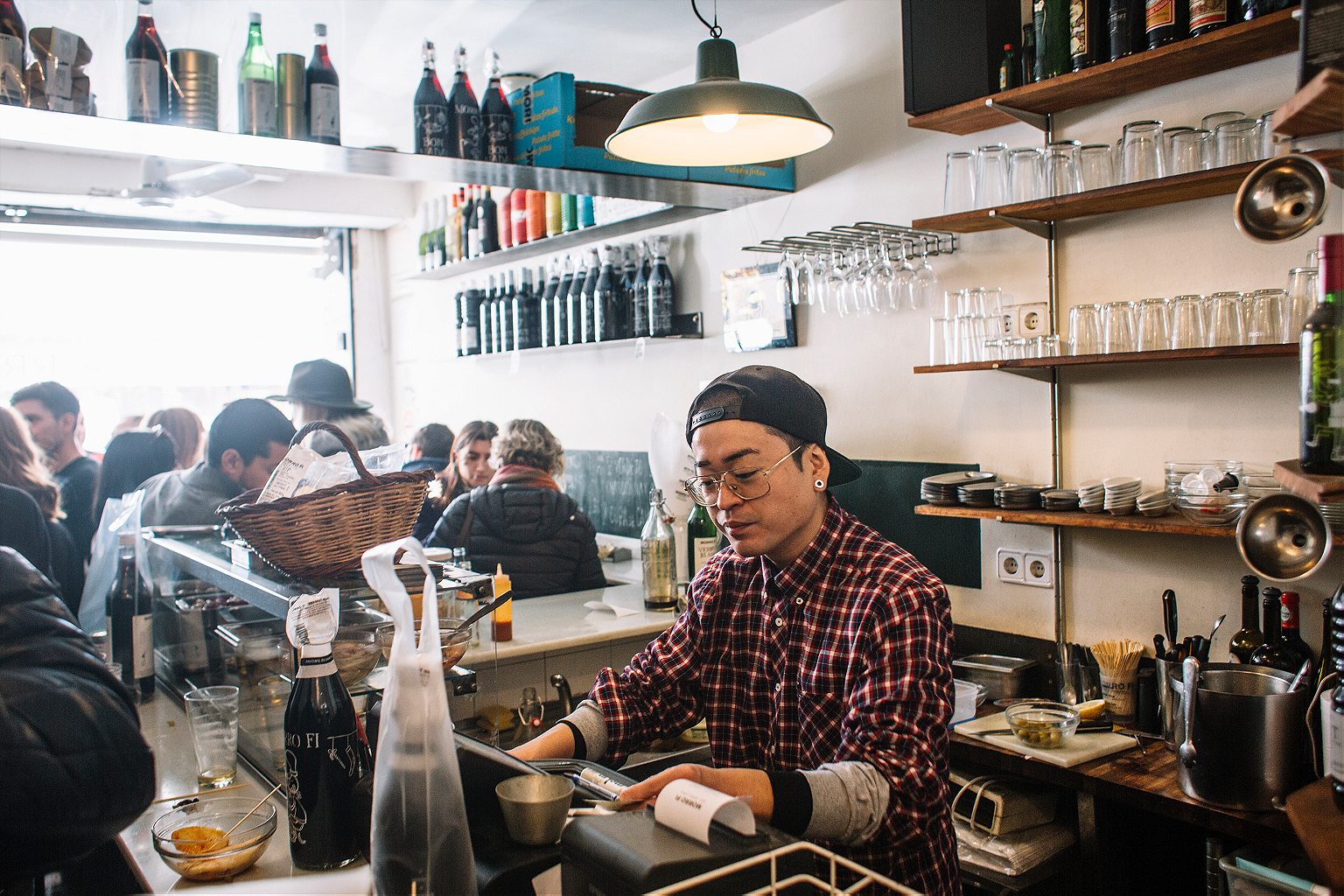

Barcelona may be the greatest place on the planet for a picnic—not just because of an abundance of excellent places to drop a blanket, but because of the outrageous quality of the local pantry, ready at a moment’s notice to be plundered. Here’s the recipe for greatness: Head to the nearest market and buy 100 grams of jamón iberico de bellota (the very best of Spain’s many classes of ham); 1 fuet (a dry Catalan pork sausage), 1 wheel Garrotxa (a semi-aged goat’s cheese, one of Catalunya’s finest dairy triumphs), ¼ kilo each of roasted red peppers and grilled artichokes, a handful of canned seafood (conservas are a Catalan treasure and should be treated as such; try navajas [razor clams] or boquerones [white anchovies preserved in vinegar]), the best bread you can find, and 1 jet-cold bottle of cava. Take the bounty to the grassy hills of Parc de la Citudella, or up to the castle on Montjuic, and drink to the good life.
For more on the good, the bad, and the ugly of Barcelona, check out R&K’s Spain series.


